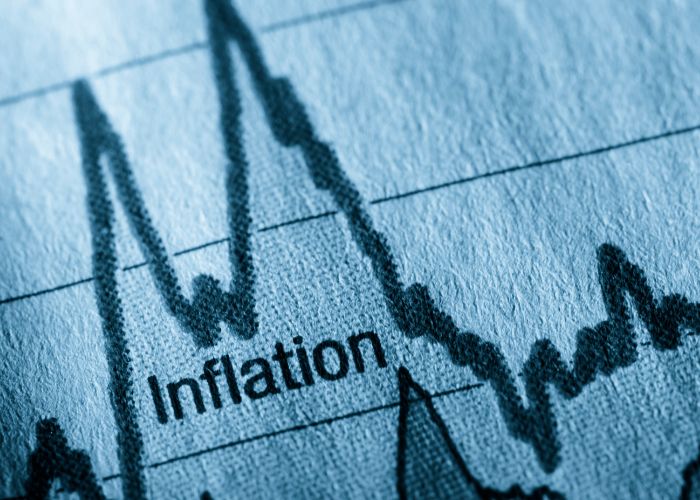Out of 27 European Union countries, Spain was the country where inflation fell most sharply last September. This is according to the Harmonised Index of Consumer Prices (HICP) released by Eurostat on Wednesday.
According to this indicator, Spanish inflation stood at 9% year-on-year last month, compared to the EU average of 10.9% and the eurozone countries’ average of 9.9%.
The improvement came mainly from the weaker electricity component following the fall in electricity prices in September, the – albeit smaller – drop in fuel prices and a slightly lesser increase in food prices than in the EU-27.
Unique within EU
The sharp drop in inflation from 10.5% to 9% in one month is unprecedented in the rest of the EU. Of the six countries where inflation fell in September (Estonia, Slovenia, Cyprus, Ireland and France), Spain had the biggest drop in the index, at 1.5 percentage points. Inflation continued to rise in most EU countries, by 0.8 percentage points on average. In the countries most affected by the war in Ukraine, the increase was even higher. This was the case in Germany (2.1 points) and Hungary (2.1 points).
Why is inflation falling faster in Spain?
The fall in the year-on-year HICP caused Spanish inflation to fall back below the eurozone average in September for the first time in 19 months. The fact that Spain was one of the first countries to be affected by the surge in wholesale electricity prices that started last year largely explains why inflation has been above the European average for all those months. And it also helps to understand why it is now falling faster.
Measuring inflation
The most common formula for measuring inflation is to compare the price trend in a given month to the same month a year earlier. In September 2021, the price of electricity was already historically high, and not surprisingly, Spain had the second highest electricity inflation in the EU last September, well above average. This is one of the reasons why the figure for this September month is lower.
Electricity component
In September, the electricity component of the CPI in Spain rose 20.2% year-on-year, 40 points lower than in the previous month. Only in Germany, where the electricity price tripled in August compared to 2021, was the decline stronger. Spain even became one of the countries with the lowest electricity inflation in Europe. Of the four major euro economies, only France (10.6%) has lower figures.
Drop in fuel prices
The fall in fuel prices also contributed to lower inflation, although to a lesser extent than electricity. Spain’s consumer price index CPI stood at 15.3% last month, four points below the EU average. The discount of 20 cents per litre of fuel in force since April clearly contributed to the lower prices.
Food products
With regard to food, which became the main source of inflation in Spain in September, even more than housing (which includes electricity bills) and transport (which includes fuels), the Spanish CPI is slightly below the EU average. In September, it was 14.5% higher than in 2021, while the EU average was 15.4%. This puts Spain just slightly above the records of France (10.6%) and Italy (11.8%), but well below that of Germany (17.4%).
Core inflation
Finally, core inflation – which excludes energy and unprocessed food prices – remained at 6.5% in HICP terms. This figure is 0.5 percentage points above the average for euro area countries, but 0.6 percentage points below the EU average. Experts agree that this indicator, will decline slowly, as companies are expected to continue to pass on the cost increases they undergo in their final prices for a few more months.


